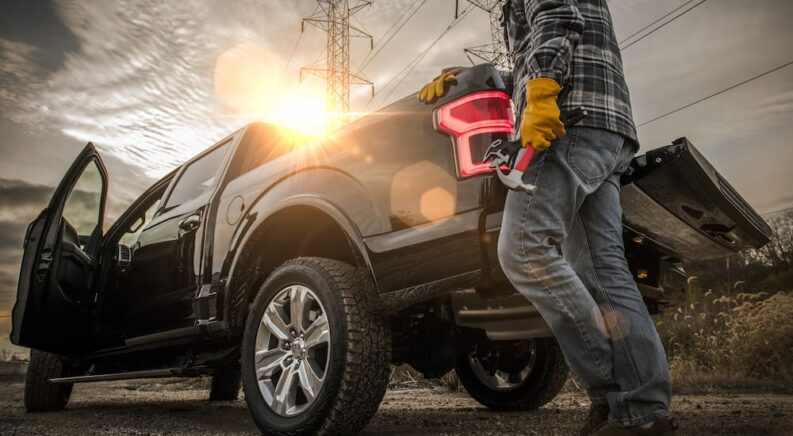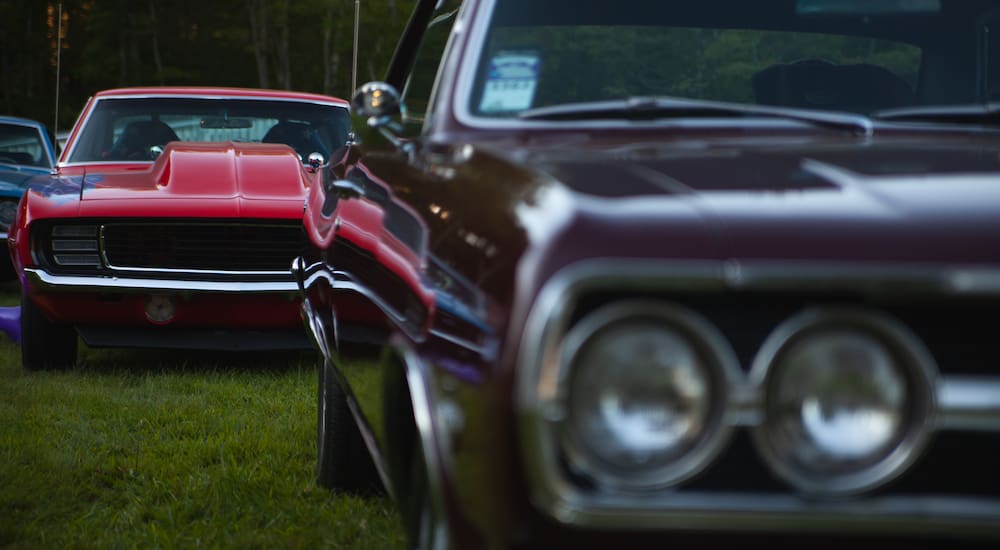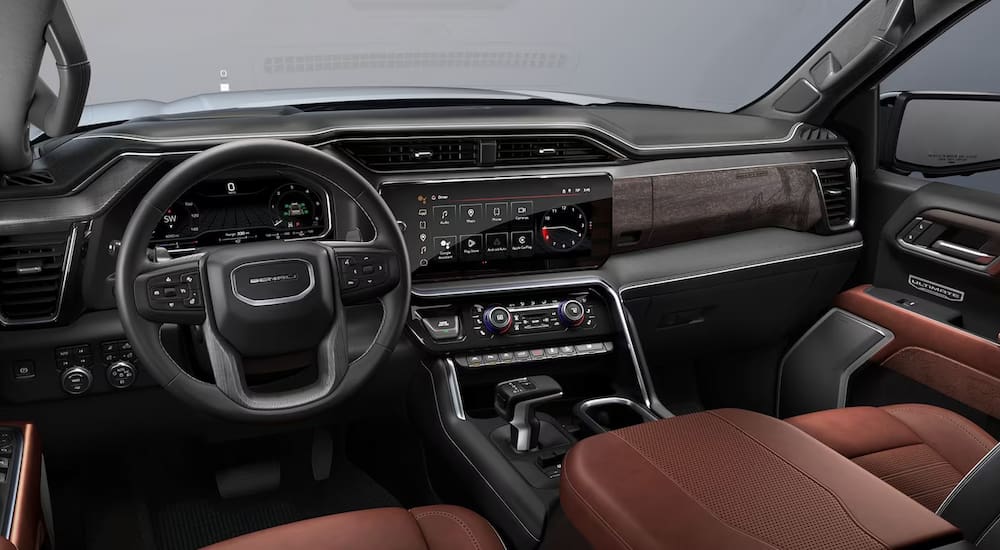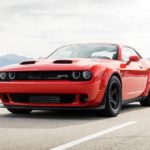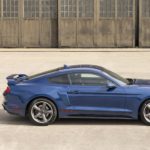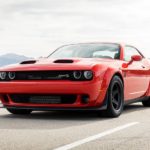As someone who grew up in the 1990s, I can vividly remember a time when things were based on the premise of “bigger is better.” Despite the narrative that popular culture likes to project, the decade was not entirely composed of flannel, grunge, and the embracing of postmodern irony. It was a time when certain vehicles determined the status quo. The Ford Excursion and the Hummer H1 were considered the epitome of masculinity, and beefy powertrains were sought after with great delight. At the opposite end of the spectrum, vehicles from Geo, such as the Metro and Prizm, were sought after by those who wanted a practical, economical vehicle.
The ultimate symbol of toughness was found in the pickup truck. Rough, ready, and often associated with hard work and off-road adventuring, that reputation has certainly persisted into the modern era. Visit any location with trucks for sale, and you’ll be surprised by how much attention is placed on advertising beefy powertrains and horsepower, something that certainly has precedent if we turn back the pages of history to the golden age of the muscle car. Back in the day, vehicles such as the Ford Mustang and Chevy Camaro raced down roadways, and emphasis was placed more on how potent the engine was than fuel efficiency, at least until an energy crisis and new emissions laws limited the output of high-performance engines coming from Detroit.
How Things Came to Be This Way
This theory comes from a place of experience and objectivity. As someone who writes for the automotive industry, I spend plenty of time scouring over specs, makes, models, and powertrains that come in the trucks that emerge each year. The area where competition between the different manufacturers tends to stand out comes down to how powerful the engines are, how much they can tow, and whether or not they can outperform one another in various feats of prowess. Take a step back from this for a moment, and look back at some of the muscle cars from yesteryear. What is more memorable about the Chevy Chevelle Malibu that your uncle had, the fact that it had a comfortable bench seat, or that under the hood was a 350 small block V8 that growled every time it started?
Because of emissions laws and the collective effort by the industry as a whole to be more environmentally conscious, the existence of engines that belch smoke and burn fuel like it’s going out of style is almost passe. This leads me to another aspect that’s currently gaining traction and popularity: the rise of the all-electric truck. When the EV first arrived, the premise of high performance powered solely by electricity seemed to be the farthest thing from the minds of anyone. After all, one buys an EV to bypass the pump and save money on fuel costs, not to rip through the roads at breakneck speed and feel the exhilaration of acceleration. How the times have changed.
What’s Old Is New Again
A year or so ago, I was tasked with writing about the upcoming release of the all-electric Chevy Silverado. Truth be told, I was much more interested in the fact that it bore a striking resemblance to the Chevy Avalanche than any of its horsepower specifications. The arrival of a pickup truck that’s solely powered by electricity isn’t credited to Chevy, as Ford beat them to the punch with the F-150 Lightning. In any case, the driving force behind these new vehicles was still based on horsepower and performance. With GMC now having fully electrified versions of the Hummer and Sierra, and Ram getting in on the action as well, the driving force of competition is still based on how potent the engine is, whether fueled by gasoline, diesel, or electricity. Even when pickup trucks are designed to be more beneficial for the environment, horsepower takes precedence over range, safety, comfort, and almost everything else, for that matter. With the lofty expectations of truck drivers being placed on power, having electrified versions is better for the environment and still satisfies those with a need for speed.
As we’ve seen in recent years, many trucks now come in off-road-specific packages that throw fuel economy and practicality aside in favor of something that’s born and bred to rip and shred. The Raptor series from Ford, the ZR2 series from Chevy, and the Ram TRX are all built for adventure. In a way, one could see these vehicles as the modern equivalent to the high-powered vehicles from Shelby that dominated the race track several decades ago. Each year, these vehicles compete with one another to bring copious amounts of horsepower and off-road performance to the masses. Even the trucks that are built for hard work are getting some serious performance upgrades. With the ZR2 trim now available on the Chevy Silverado 2500 and 3500, you can now take performance to the job site the next time you try to get a new time on the quarter mile.
The Lap of Luxury
If there’s another item that should also be considered, it’s that the truck is becoming the new “Cadillacs” of the road. Shortly before the muscle car era had begun, the American car was still fueled by the guiding principle of “bigger is better.” However, after the fuel crisis, many of these vehicles had an increased emphasis on luxury instead, leading to the popularity of the personal luxury coupe in the 1970s. To see this theory in practice, one has to look no further than the Ford Thunderbird. Originally a competitor to the Chevy Corvette, the T-Bird transformed into a luxury cruiser for the remainder of its model run.
The modern equivalent to this is GMC’s Denali trim. While they might not have the whitewall tires and tail find of the Cadillacs that were prominent during the 1950s and 60s, or the chrome and Ricardo Montalban’s “Corinthian leather” of the 1970s, the Denali’s leather interior, advanced feature, and jet-black appearance certainly elevates them to the ultimate symbol of social status, just as the Cadillac, Chevy Bel Air, and Lincoln Continental once were several years ago.
Muscle Trucks?
If you want my final verdict on the subject, it’s one of being somewhere in the middle. Ever since the American automotive industry rose to prominence at the beginning of the 20th century, there’s always been a need to take things further than they’ve been before. The competitive nature of the industry is such that makes and models will always attempt to outdo one another. Look no further than the long-standing rivalry between European brands such as Porsche, Ferrari, and Lamborghini and the supercars that Ford, Dodge, and Chevy still make.
As long as the internal combustion engine has existed, there have always been those who want to maximize its potential to break the sound barrier. Are trucks the new muscle car? Yes and no. While history tends to repeat itself, and many trucks have some of the same attributes that existed during the muscle car’s golden age, they serve a different purpose entirely. While they might get faster and more potent, the pickup is designed either for work or for providing a means to go off-roading. The muscle car was built for speed and style. These came about during a time when there were far fewer restrictions on emissions, and fuel prices were more agreeable to the average consumer. While the pickup truck might not usher in a second coming of this unique period in history, it’s certainly exciting to see the continued evolution of this extraordinary vehicle.

